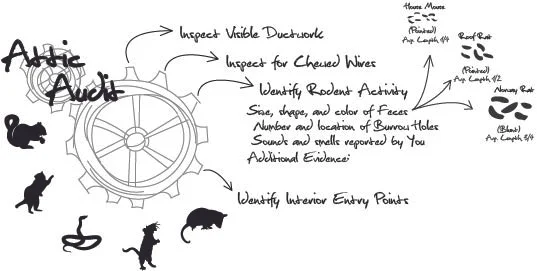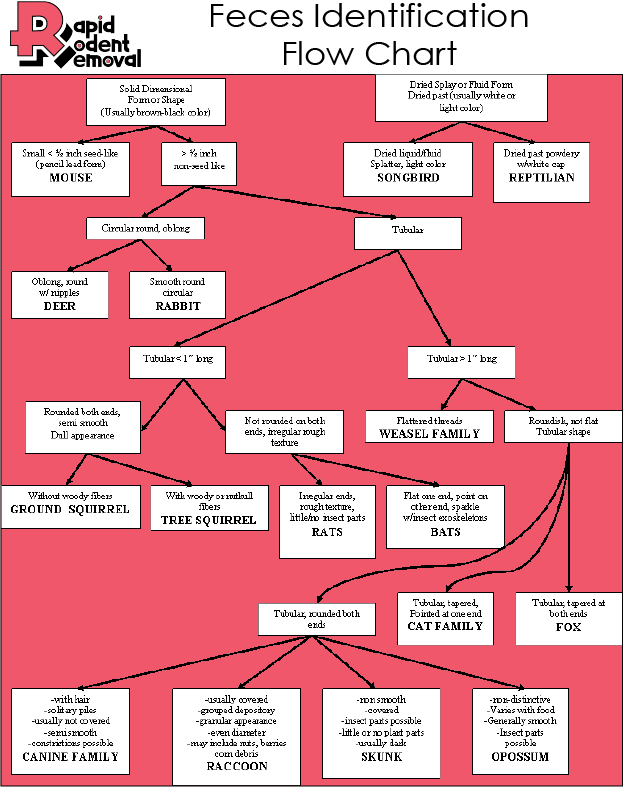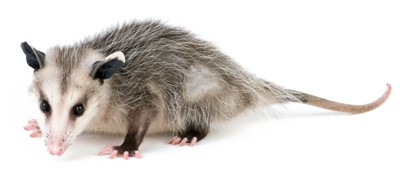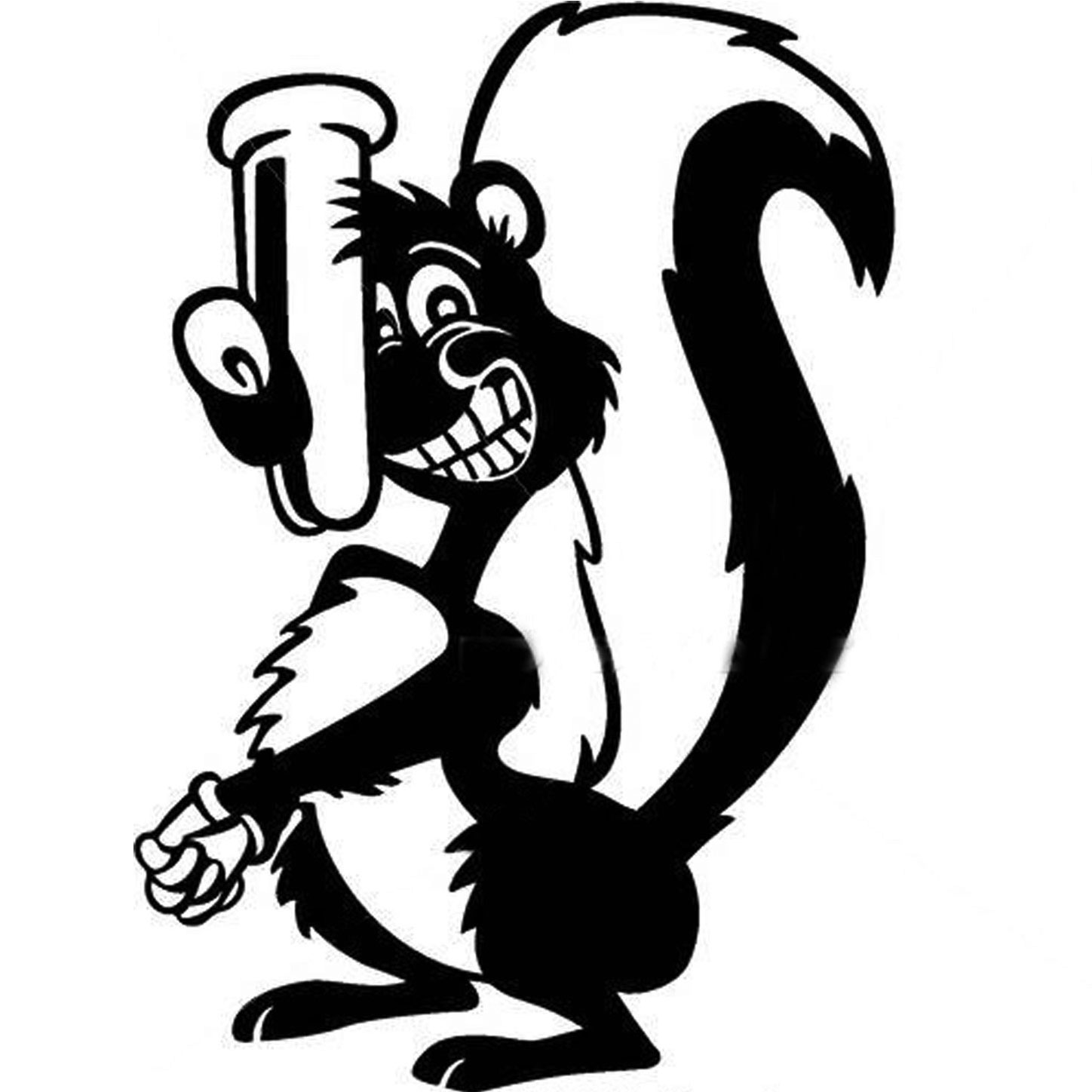What do rats eat ?
Rats are among the most adaptable and widespread mammals on the planet, living in environments as diverse as the sewers beneath major cities, the attics of suburban homes, and the wild countryside. Despite their varied habitats, one unifying trait that allows rats to survive and thrive is their diverse and opportunistic diet. But what exactly do rats eat? This book aims to answer that question in comprehensive detail—from their scavenging habits in urban environments to the specific nutritional requirements of pet rats.
Understanding what rats eat is not just a matter of curiosity—it’s a crucial aspect of managing them, whether as pets or pests. For pet owners, ensuring that your rat receives a nutritious, well-balanced diet is key to its longevity, health, and behavior. A poorly fed rat is more prone to disease, lethargy, and even aggression. On the other hand, for homeowners and business owners dealing with infestations, knowing what attracts rats can help in prevention, control, and elimination.
Rats are omnivorous, meaning they eat both plant and animal matter. This dietary flexibility makes them capable of thriving in many settings, from wilderness to alleyways. They can chew through almost any material in search of food, and their strong sense of smell helps them locate edible sources quickly. But not all food is equal, and certain items are better—or more dangerous—than others for rats. Understanding these distinctions is vital.
This book will begin by exploring the general differences in diet between wild and domesticated rats. While wild rats tend to eat whatever they can find—grains, meat scraps, discarded human food—pet rats require a much more specific and balanced diet to avoid illness and malnutrition. We’ll explore what constitutes a healthy meal for a pet rat and how to tailor it to their age, activity level, and health needs.
We will also delve into specific food groups. From the fruits and vegetables that offer essential vitamins, to grains and seeds that provide energy, and even to meats and insects that serve as valuable protein sources—each chapter will examine which foods are safe, which are preferred, and which should be strictly avoided.
You’ll also learn about a rat's eating habits in different environments, such as cities where trash is abundant, or in rural fields where grains dominate. This section will prove particularly valuable for pest control strategies—knowing what rats eat helps identify how to prevent access to their food sources.
Moreover, seasonal changes and life stages can influence a rat’s diet, which will be discussed in later chapters. For instance, breeding females have different dietary needs than juveniles or elderly rats. And believe it or not, even hydration—often overlooked—is a critical component in a rat’s daily consumption.
By the end of this book, you’ll have a thorough understanding of rat dietary behaviors and needs. Whether you are a pet owner, an animal enthusiast, a pest control professional, or someone dealing with an unexpected infestation, this guide will provide essential insights to help you understand one of the most fascinating—and often misunderstood—creatures in the animal kingdom.
Introduction to Rat Diets: Why What Rats Eat Matters Nutritional Needs of Rats: Proteins, Fats, and Carbohydrates
Rats, much like humans, require a balanced diet rich in proteins, fats, and carbohydrates to maintain optimal health. Whether in the wild or in captivity, their survival and vitality hinge on the correct ratios of macronutrients and micronutrients. This chapter explores the dietary building blocks rats need, and how each plays a role in their biology.
1. The Omnivorous Advantage
Rats are opportunistic omnivores, meaning they consume a wide range of food types. This allows them to adjust their diet depending on availability. However, their core nutritional needs remain the same:
Protein: Crucial for growth, tissue repair, and enzyme production.
Fats: A source of long-term energy and essential fatty acids.
Carbohydrates: Provide immediate energy and support digestive health.
2. Protein in a Rat's Diet
Recommended daily intake for pet rats: Around 12–16% of their total food should be protein.
Sources in the wild: Insects, small birds, eggs, carrion, and plant seeds.
Sources in captivity: Cooked lean meats, tofu, hard-boiled eggs, high-protein lab blocks.
Too much protein, especially in adult rats, can lead to kidney stress. Younger and pregnant rats, however, need slightly more protein for growth and development.
3. Fats: Energy Dense but Risky
Fats support cell structure and provide energy reserves.
Healthy sources: Seeds, avocado (in small quantities), cooked egg yolks, nuts.
Dangers: Overconsumption can lead to obesity, liver problems, and cardiovascular issues.
Wild rats often consume high-fat content through food waste—deep-fried scraps, meats, etc.
4. Carbohydrates and Fiber
Carbohydrates supply quick energy. Rats particularly enjoy:
Fruits, grains, oats, and cereals.
Fiber-rich vegetables like broccoli and kale aid digestion and prevent constipation.
Avoid sugary cereals or heavily processed carbs. Rats can develop diabetes and dental issues.
5. Vitamins and Minerals
Important nutrients include:
Calcium & Phosphorus for bone development.
Vitamin D for calcium absorption.
Vitamin C & E for immune support and antioxidant benefits.
Most pet rat owners supplement with formulated pellets or fresh produce to ensure adequate micronutrient intake.
Fruits and Vegetables Rats Can Safely Eat
1. The Importance of Plant Matter
Fruits and vegetables should make up 20–30% of a rat’s diet. They provide:
Vitamins A, C, K
Natural hydration
Fiber
Antioxidants
2. Safe Fruits for Rats (Moderation is Key)
Apples (no seeds)
Bananas
Berries (blueberries, strawberries)
Melons
Grapes (sparingly – due to kidney concerns in other rodents)
Fruits are high in sugar. Feed small portions—too much can cause obesity or diarrhea.
3. Safe Vegetables
Carrots, zucchini, broccoli, peas, cucumbers
Kale, romaine, and spinach (rotate due to oxalates)
Sweet potatoes (cooked)
Avoid starchy veggies like raw potatoes and limit cruciferous vegetables to avoid gas build-up.
4. Toxic Fruits and Vegetables
Onions and garlic
Green potato
Avocado skin and pit
Rhubarb
Citrus (in males due to potential cancer risks)
Grains, Nuts, and Seeds: Core Elements of a Rat’s Diet
1. Whole Grains Are Staples
Grains provide energy and fiber. Ideal sources:
Oats
Brown rice
Barley
Whole grain bread (no sugar)
Avoid sugary or overly processed grain products like sweetened cereal.
2. Nuts
Almonds, walnuts, hazelnuts, pistachios
High in fats and protein—offer as treats
Avoid salted, seasoned, or moldy nuts
3. Seeds
Pumpkin, sunflower, flaxseed
Provide healthy fats and fiber
Great for mental stimulation if used in treat-dispensing toys
Limit due to high-calorie content. Obesity in pet rats is a real concern.
What Rats Shouldn’t Eat: Toxic and Dangerous Foods
1. Foods That Are Toxic
Chocolate (especially dark)
Caffeine
Alcohol
Sugary junk food
Moldy or spoiled food
Rats, especially in captivity, don’t process these substances well and may suffer seizures, kidney failure, or death.
2. Choking Hazards
Sticky foods like peanut butter (only serve in tiny amounts mixed with grain)
Large seeds or hard, raw foods
3. Gassy and Bloating Foods
Raw beans
Carbonated beverages
Excessive dairy (adult rats are mostly lactose intolerant)
Always err on the side of caution and research any unfamiliar food item before feeding it to your rat.
Rats in Urban Environments: Scavengers and Survivors
Urban rats thrive due to abundant waste. Their diet can include:
Rotten meat
Fast food remnants
Bread, pizza crusts
Bones, tissues, plastic-wrapped food
They will eat nearly anything, but often at a cost—many urban rats suffer from internal parasites, disease, and dental wear from chewing on non-edibles.
Rats are drawn to:
Open trash bins
Pet food bowls left outside
Compost piles
Grease traps and food grease on streets
Controlling food availability is essential in rat prevention strategies.
Feeding Your Pet Rat: Balanced Diets for Domesticated Rats
A healthy diet for pet rats includes:
High-quality lab blocks (like Oxbow or Mazuri) as the base
Fresh produce daily
Occasional proteins (cooked chicken, eggs)
Grain mix or healthy rat treats
Avoid:
Seed-only diets (imbalanced)
Cheap hamster food (lacks necessary nutrients)
Feeding Tips:
Clean uneaten food daily
Use puzzles or foraging toys to stimulate natural behavior
Monitor weight and adjust portions accordingly
Foraging Behavior in Wild Rats and What It Reveals About Diet
Rats forage mostly at night and rely heavily on scent. Wild rats:
Cache food in safe zones
Travel long distances for a reliable food source
Prefer high-calorie foods like nuts, meat scraps, and sugary human waste
Foraging instincts remain in pet rats too. Mimicking this through puzzles and scatter feeding reduces boredom and encourages healthy behavior.
Rats and Meat: Do Rats Eat Other Animals?
Yes. Rats will eat:
Insects (cockroaches, beetles, worms)
Carrion and roadkill
Bird eggs
Small reptiles or rodents (occasionally)
This isn’t typical for pet rats but is normal in survival situations for wild rats. Protein from meat is valuable but must be balanced with plants.
Do Rats Eat Human Food? Exploring Kitchen and Trash Habits
Absolutely. Rats are highly attracted to:
Bread, cheese, meat, pasta, sugar, and oils
Greasy fast food
Unsecured pantry goods like cereal or rice
Pet food (often left in bowls overnight)
They chew through packaging, plastic, and even thin metal to access food. Homeowners must secure:
Trash cans with lids
Food in airtight containers
Food prep areas cleaned nightly
Rats in kitchens are not just a nuisance—they pose health risks by contaminating surfaces and spreading diseases like leptospirosis and salmonella.
Water and Hydration: Do Rats Need to Drink Water?
Water is essential to a rat’s health. Despite obtaining some moisture from fruits and veggies, rats must have access to fresh, clean water at all times.
1. Wild Rats and Water
Often drink from puddles, leaky pipes, or condensation.
In dry climates, wild rats may rely on food moisture or dig for underground water.
2. Pet Rats and Hydration
Provide a sipper bottle—easier to keep clean and sanitary than bowls.
Clean the bottle nozzle daily.
Dehydration symptoms: lethargy, sunken eyes, wrinkled skin, and loss of appetite.
3. How Much Water Do They Need?
On average, a rat drinks:
10–12 ml per 100g of body weight per day
More during pregnancy, heatwaves, or when on a dry pellet-based diet
Never substitute with:
Soda, milk, or flavored drinks
Tap water with high chlorine—filter it or use spring water if unsure
Proper hydration aids in digestion, kidney function, and temperature regulation—especially in warmer climates or poorly ventilated cages.
All About Animals …
Suspendisse nec congue purus. Aenean eu justo sed elit dignissim aliquam. Suspendisse nec congue purus. Class aptent taciti sociosqu ad litora torquent per conubia nostra, per inceptos himenaeos.
RATS
SQUIRRELS
RACCOONS
OPOSSUMS
SNAKES
BATS
WILDLIFE REMOVAL
articles:
What does a rat nest look like ?
What is a Squirrel King













